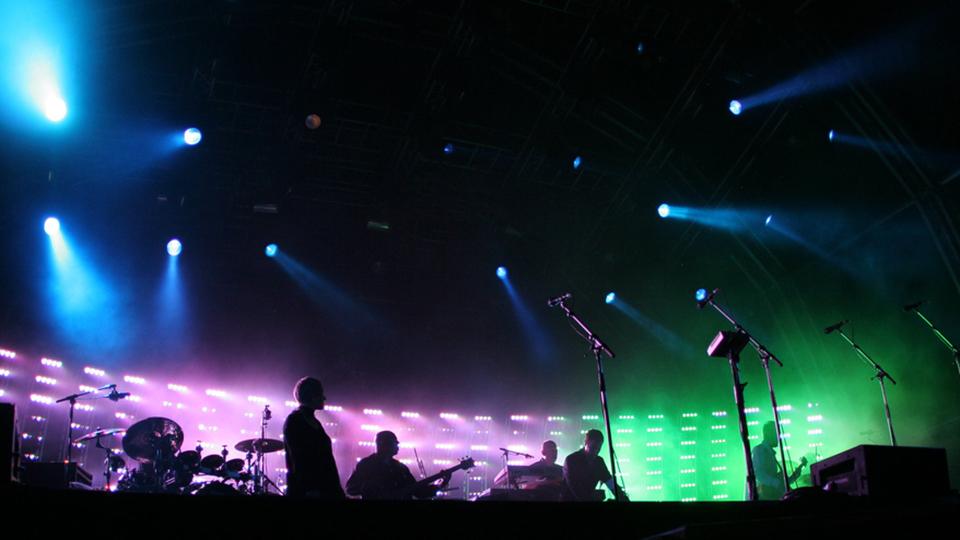'Cyborg' musicians could be the future of music
Primary page content
Musicians will be able to use Artificial Intelligence (AI) to create new music and sound to share or sell, thanks to a project led by Goldsmiths, University of London.

At a time when many in the music industry worry their livelihoods are under threat from new technology, the MIMIC (Musically Intelligent Machines Interacting Creatively) project puts humans back in control of making music.
MIMIC will develop free, user-friendly web tools that harness the power of AI to listen to existing recordings and come up with new sounds and instruments interactively. Artists will own the sounds they create and can incorporate them into their music or sell them to others. The tools will meld the latest ‘deep learning’ AI methods with people’s creativity to empower a new generation of ‘cyborg’ musicians.
Mick Grierson, Professor of Computing at Goldsmiths and MIMIC project leader said: “In the past to use these powerful Artificial Intelligence technologies you had to be an expert in programming: we want to make these technologies free and easy for anyone to use – from amateur music-makers and sonic experimenters to professional musicians.
“Rather than simply creating autonomous musical ‘robots’, we are harnessing Artificial Intelligence systems to augment human creativity. We’re inviting people to meld their musical talents and sonic curiosity to the very latest deep learning systems. Our interfaces will mean you don’t have to already know how to code to benefit from AI, you just have to want to make some noise. However, if you do want to code, you’ll be able to do so using a new language we will be creating specifically for making AI music systems.”
The AI technology powering MIMIC has already proved a hit with professional musicians: Massive Attack are currently using it to create new musical instruments for the upcoming tour celebrating the 20th anniversary of their Mezzanine album. Back in 2016, Sigur Ros used a similar system built by Grierson to create an evolving version of a single song for a 24-hour televised journey around the Icelandic coast. Now the Goldsmiths-led team wants to make these technologies accessible to anyone with an interest in musical creation and exploration.
The MIMIC team aim to upload the first prototype web tools for people to experiment with within the next year. The tools will use a browser-based simplified live coding language written on top of JavaScript specially designed for musicians and artists. As well as working with the music industry, the team plan to produce learning materials for university, secondary school, and professional learners introducing them to how they can enhance their creativity with AI systems.
Image: Massive Attack at Weekendance 2007 in Barcelona. Photo: Alterna2